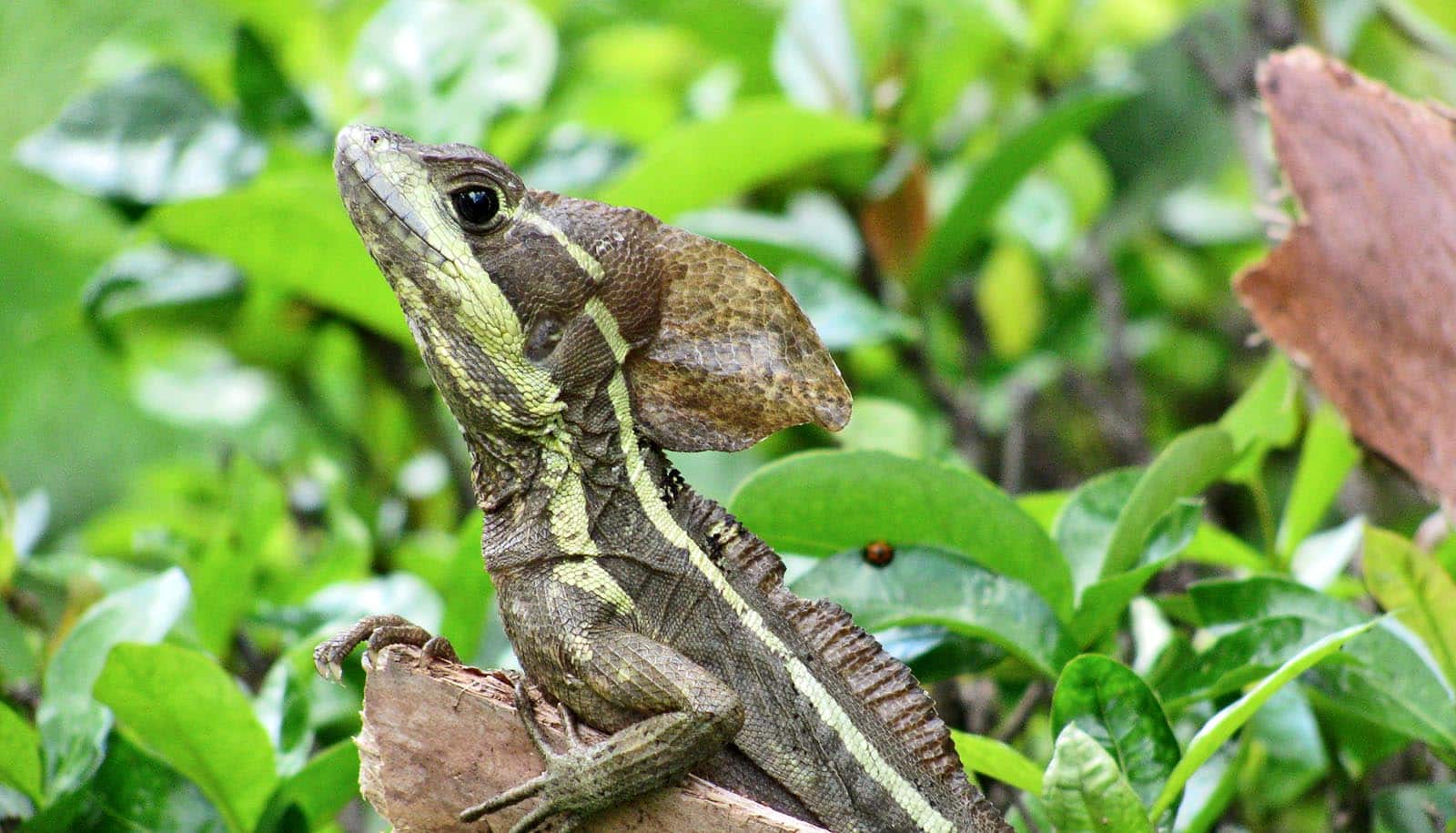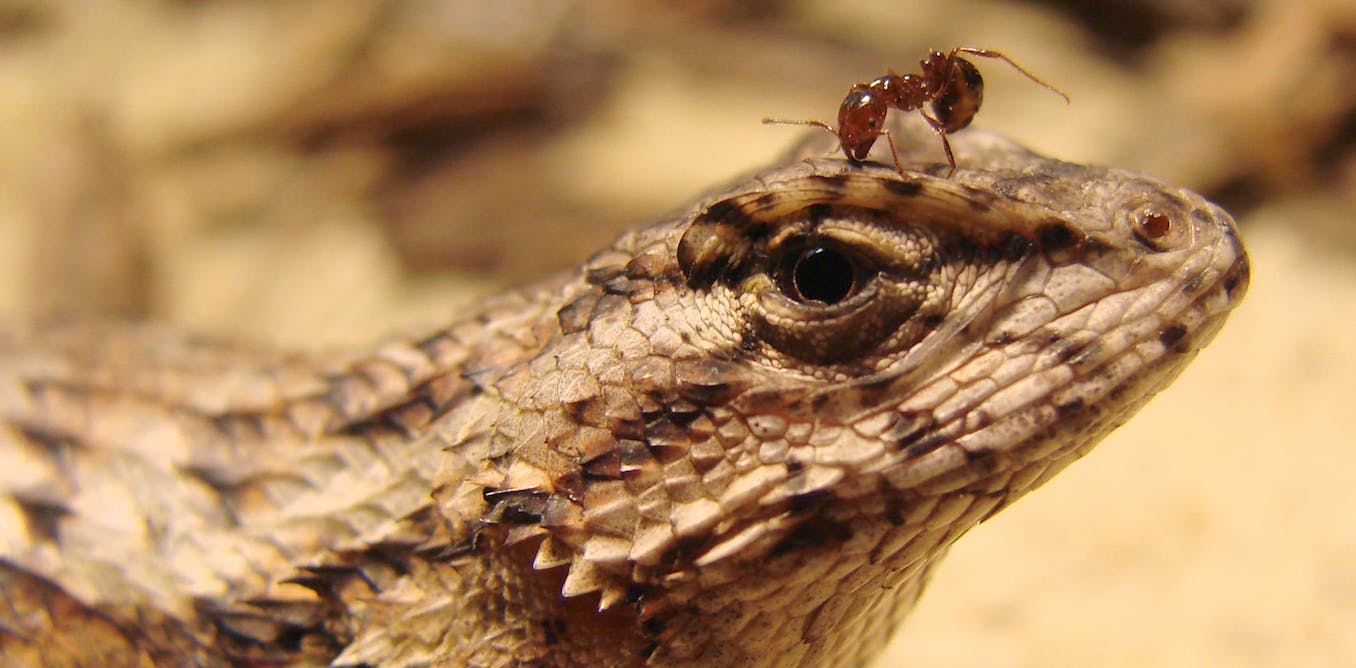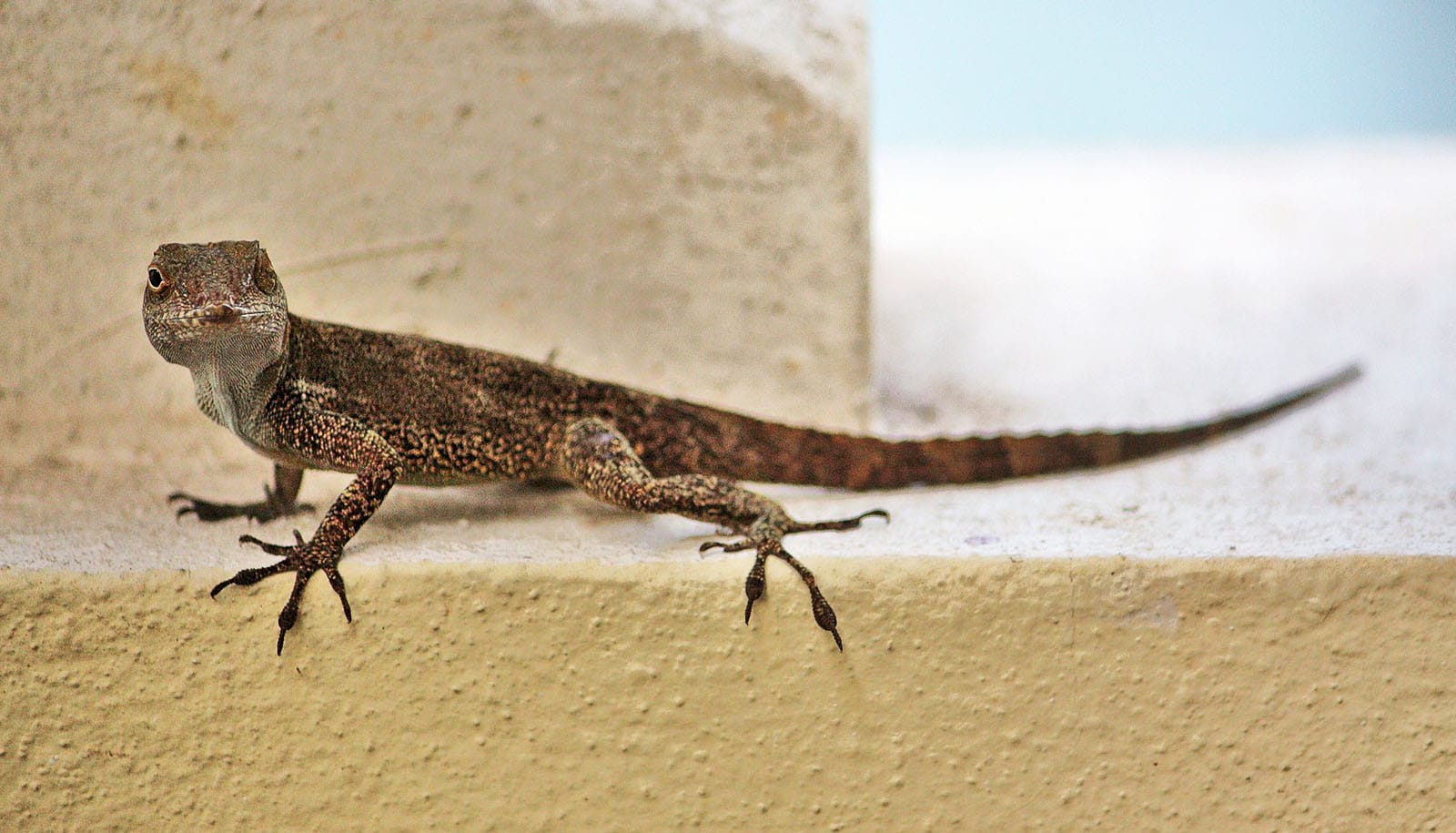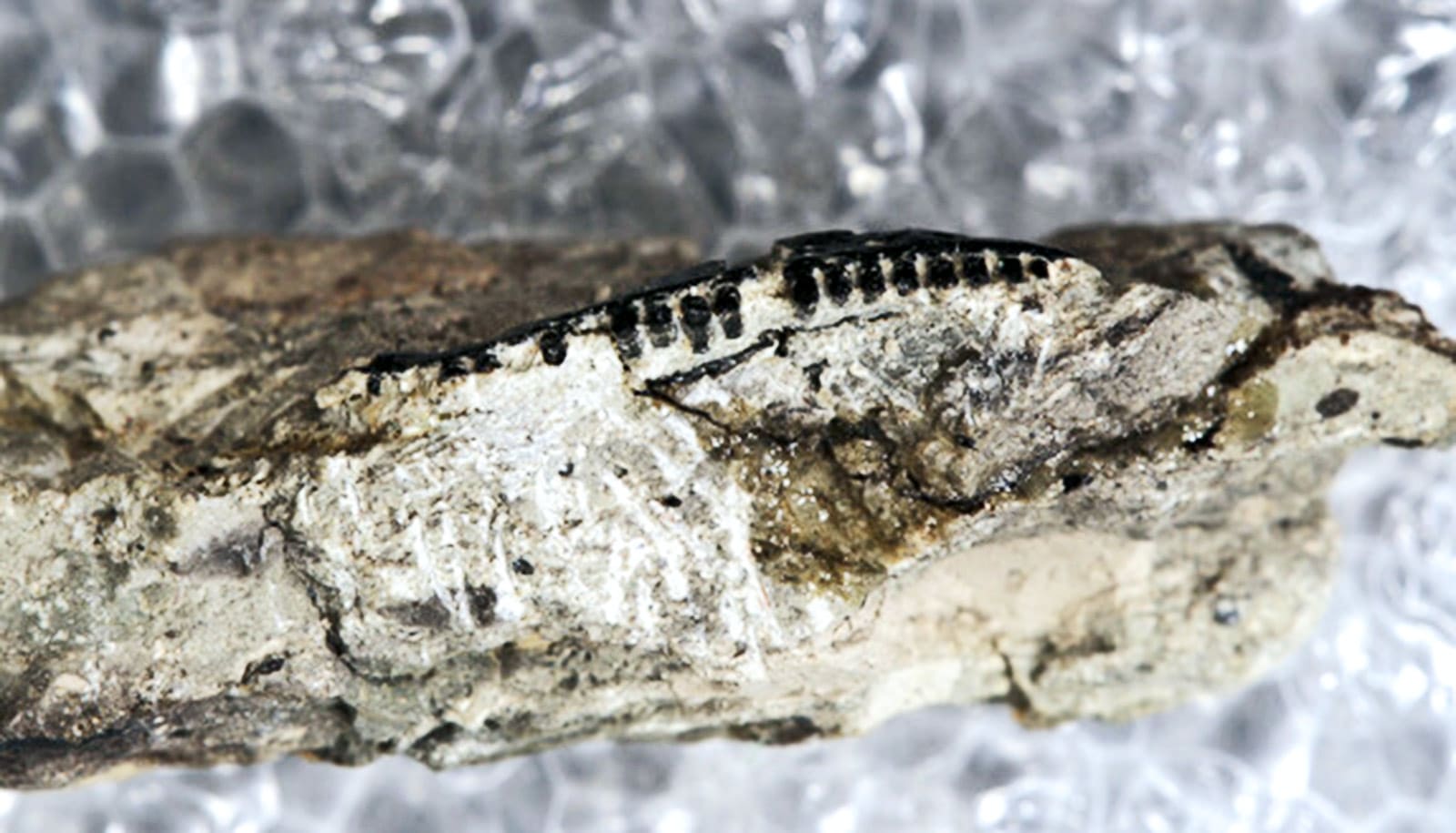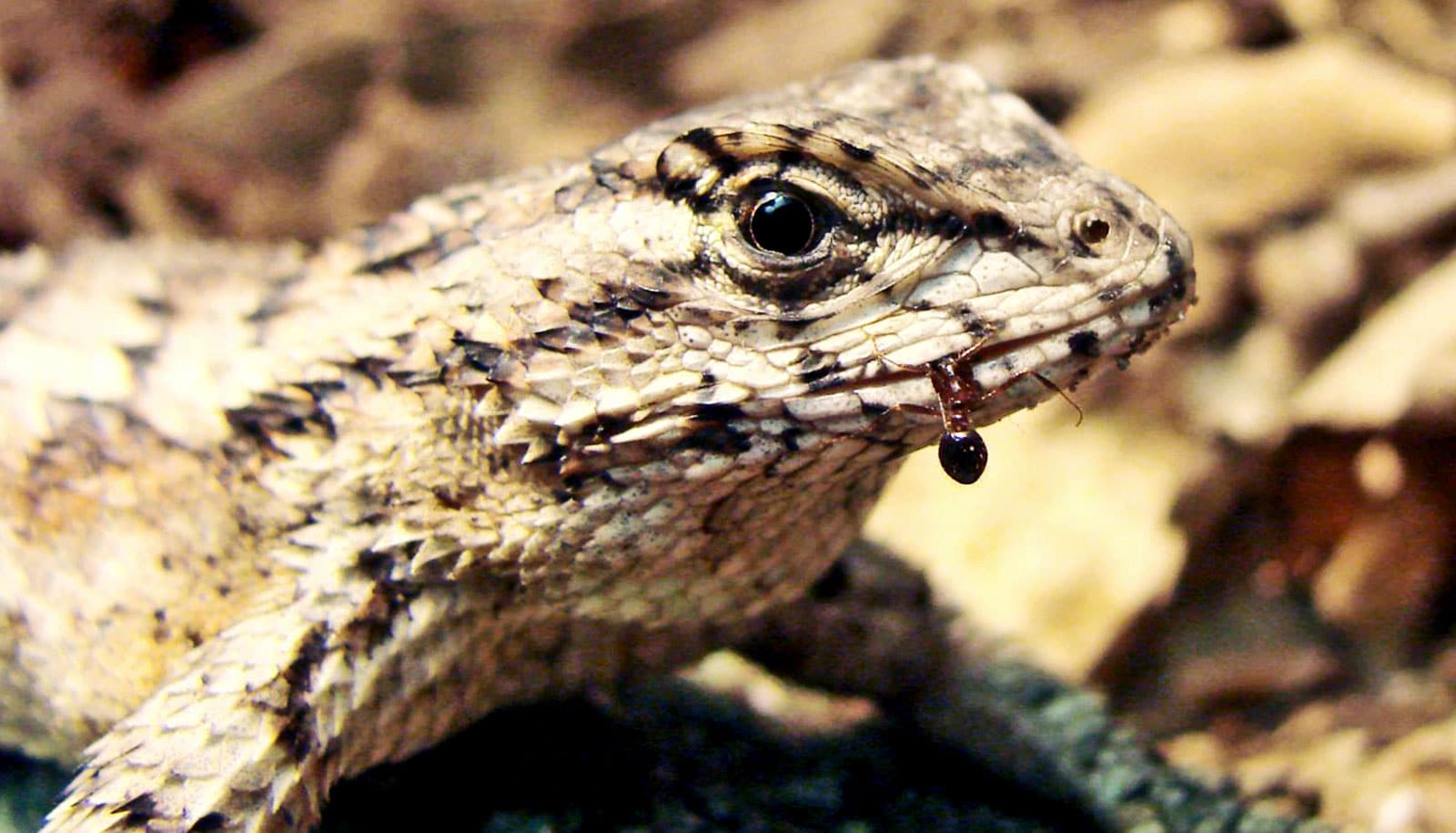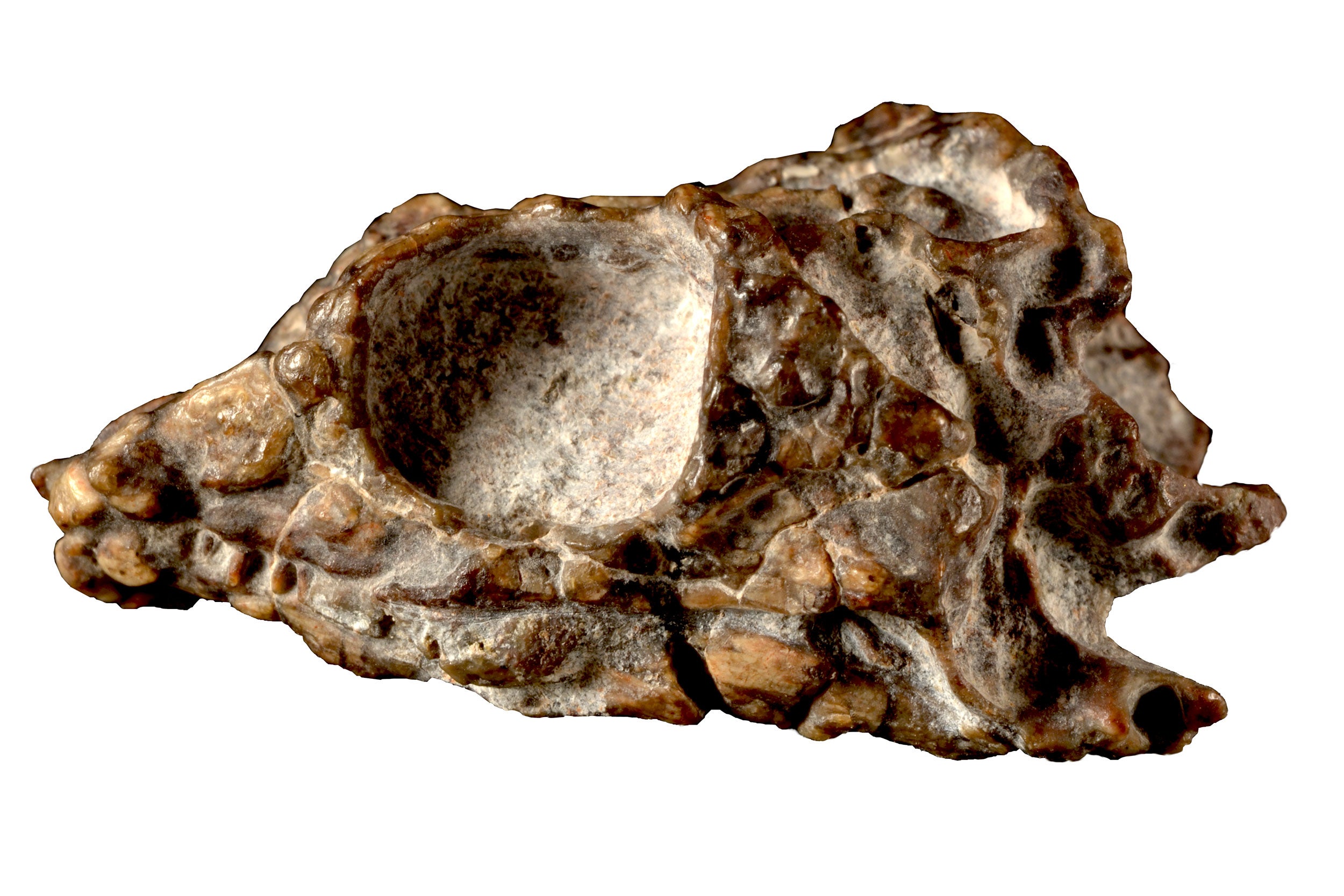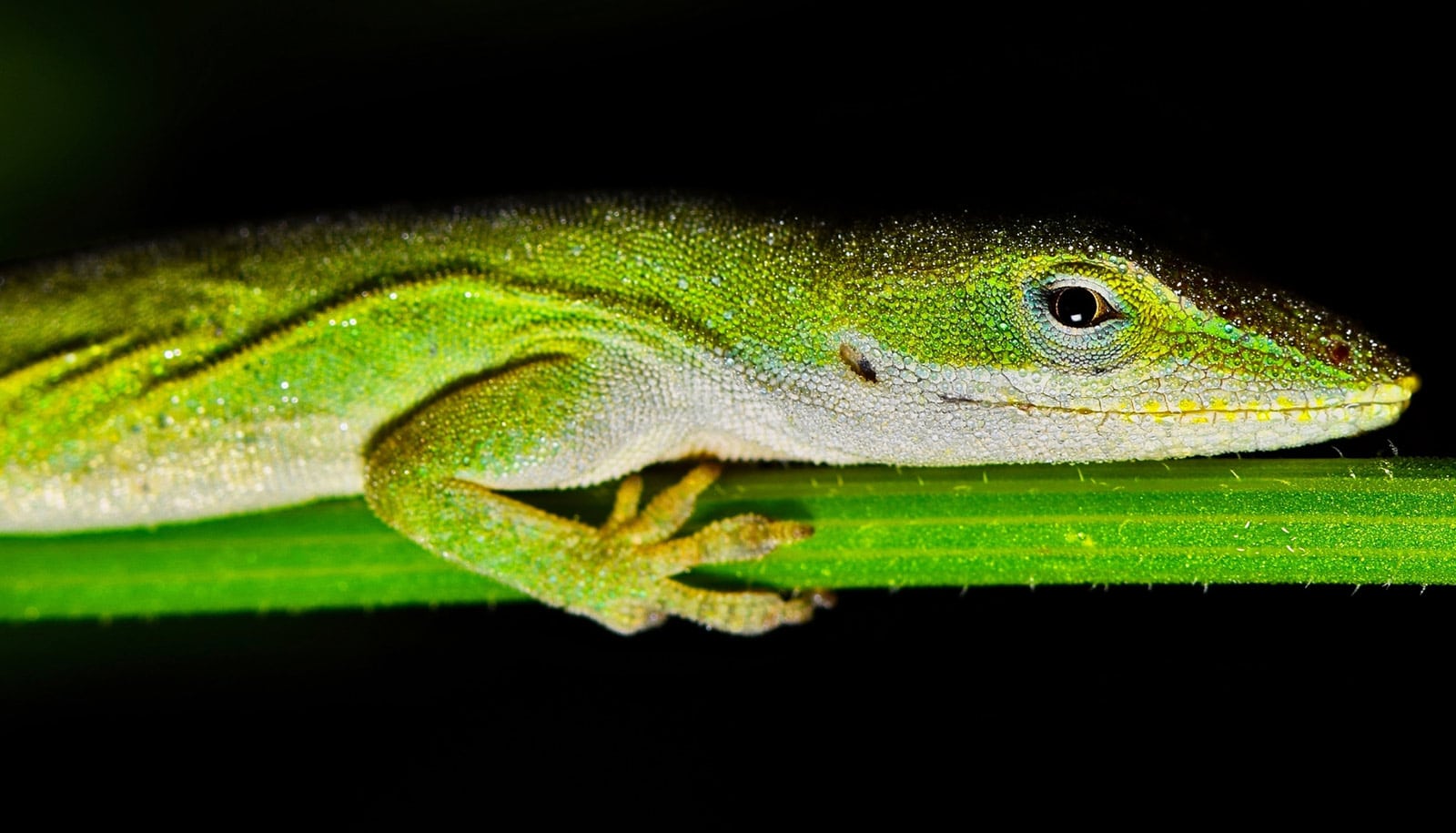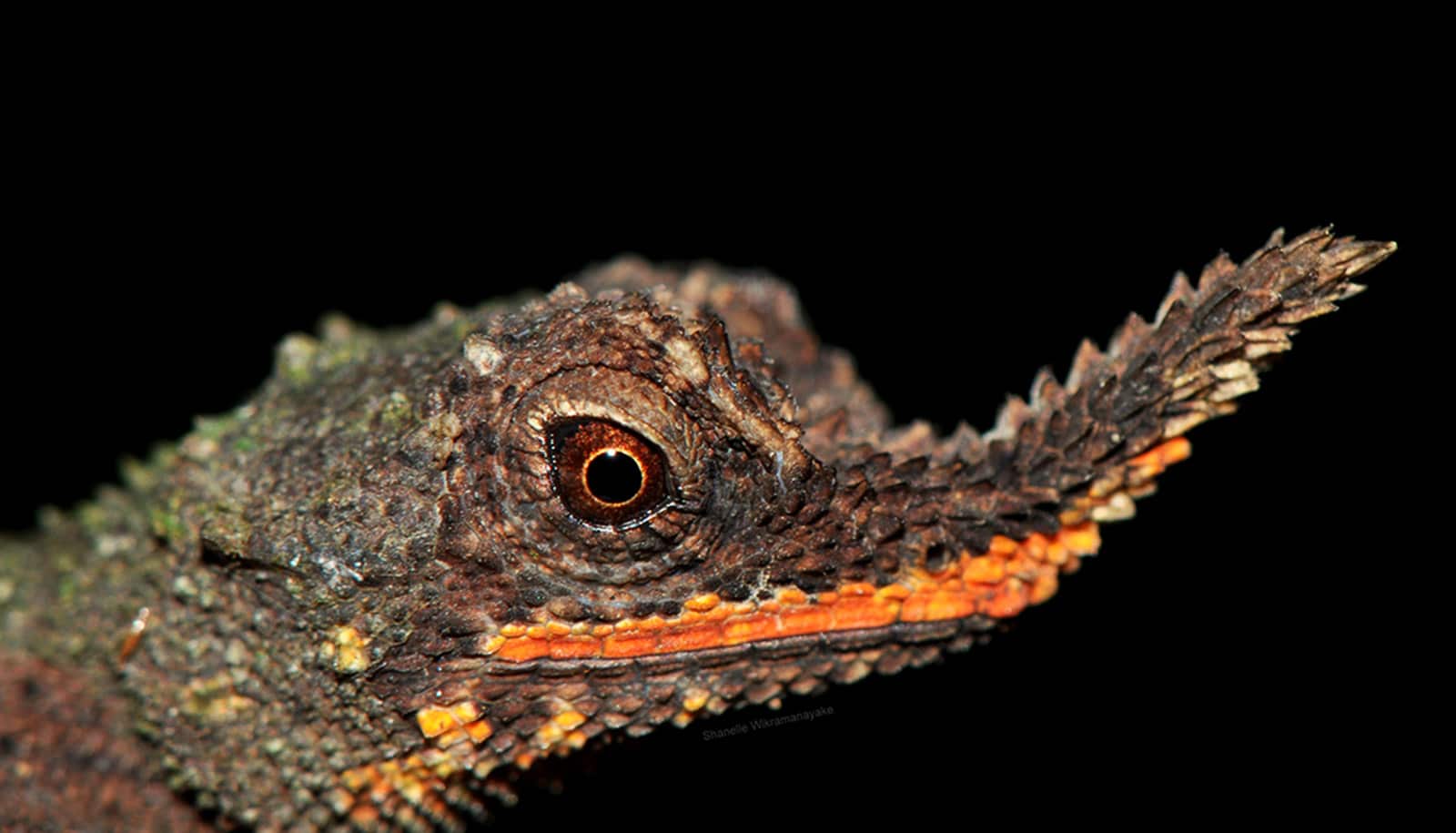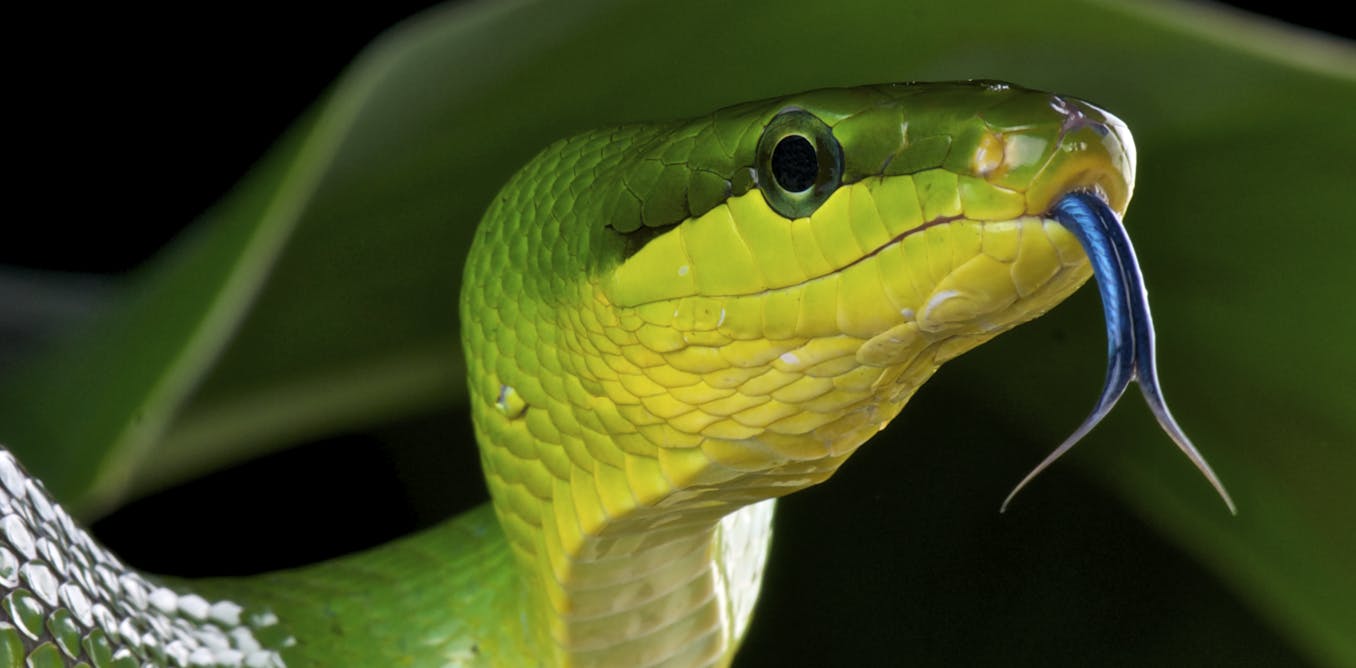Native eastern fence lizards changed their bodies and behavior in response to invasive red imported fire ants
The ways eastern fence lizards have changed in response to red imported fire ants demonstrate how species can adapt to survive the presence of invasive predators.
Tracy Langkilde, Professor of Biology and Verne M. Willaman Dean, Eberly College of Science, Penn State •
conversation
Jan. 13, 2023 • ~10 min
Jan. 13, 2023 • ~10 min
Analysis of 231-million-year-old fossil sheds light on reptile evolution
With just a look Tiago R. Simões was sure a fossil was sui generis — and it turned out to belong to a previously unknown species of a lizard-like reptile, representing the earliest evolving member of a lineage that today includes all lizards, snakes, and their closest relatives.
Juan Siliezar •
harvard
Aug. 30, 2021 • ~7 min
Aug. 30, 2021 • ~7 min
Smelling in stereo – the real reason snakes have flicking, forked tongues
Two tongue tips are better than one – an evolutionary biologist explains why snakes have forked tongues.
Kurt Schwenk, Professor of Ecology and Evolutionary Biology, University of Connecticut •
conversation
June 16, 2021 • ~7 min
June 16, 2021 • ~7 min
Godzilla vs. Kong: A functional morphologist uses science to pick a winner
Hollywood loves a good monster battle, and where better to turn for inspiration than the animal kingdom? Traits from real animals can provide clues about the fighting prowess of Kong and Godzilla.
Kiersten Formoso, PhD Student in Vertebrate Paleomorphology, USC Dornsife College of Letters, Arts and Sciences •
conversation
March 29, 2021 • ~9 min
March 29, 2021 • ~9 min
/
4

